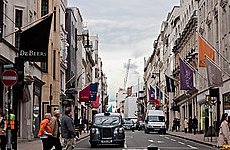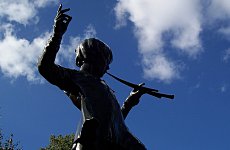THE METROPOLITAN POLICE has been told by the courts it can continue to use the notorious ‘kettling’ crowd control technique that lay behind the death of an innocent man at a London demo in 2009.
Popular on LondonNet
Ian Tomlinson died after being attacked by police during protests at the G20 economic meeting held near the Bank of England, even though he wasn’t a demonstrator.
Tomlinson was simply trying to make his way home, but first fell victim to kettling – a technique where demonstrators are temporarily imprisoned in cordoned off streets for hours on end – and then to straightforward police brutality.
Many others were also trapped and beaten by Met officers during the G20 demo and at subsequent events at which kettling was used, including student protests against university fees.
The Met was later forced to admit that it had placed dozens of undercover officers among the demonstrators, though it still denies they were there as agent provocateurs.
Two protesters, Hannah McClure and Josh Moos, brought a case against the Met and the High Court agreed with them that the police had used “unjustified force”.
It is that High Court ruling which has today has been overturned by the Appeal Court, a legal victory for the Met that appears to give its officers freedom to use kettling and other aggressive crowd control methods whenever they see fit.
Between the two rulings, London experienced the 2011 riots and it is thought the events of last summer may have had some bearing on this morning’s decision at the Appeal Court.







